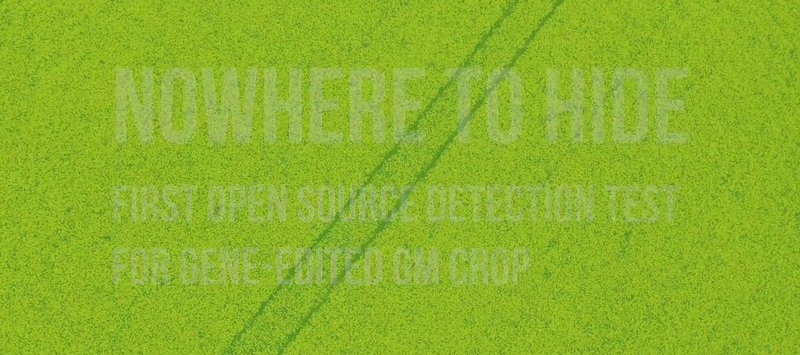News
Detection method for new genetic engineering plants soon operational
The first open-source detection method for a "gene editing" GM plant, a rapeseed from the U.S. company Cibus, presented by VLOG and others in 2020, has generated a lot of momentum in this topic. The German Federal Office of Consumer Protection and Food Safety (BVL) has also taken a close look at it.
"Open source" Cibus detection: Discrepancy in review
In a new publication, BVL staff do conclude that the open-source method is not sufficiently precise for use in government controls. But that is because, according to Dr. John Fagan, one of the developers of the Cibus detection, the review deviated from the original description at the important step known as "DNA extraction." BVL justifies its course by citing an EU-normed standard procedure for this step for regulatory testing.
BVL confirms: Cibus detection reliable with negative screening
Thus, the actual functionality of Cibus detection has still not been refuted. On the contrary, the BVL authors also confirm that the method reliably indicates that in the case of a negative result no "genome editing" Cibus rapeseed is present. A positive result could be verified with further tests.
In fact, the detection method has long been used in this way by VLOG and the Austrian "ARGE Gentechnik-frei" in the context of self-monitoring. So far, all samples have turned out negative. At least three private-sector laboratories in Germany and the Austrian Federal Environment Agency (UBA) have Cibus detection in their portfolio.
BVL to present detection method for "gene editing" soybean in 2022
"Informationsdienst Gentechnik" reports that BVL itself is also working on detection methods for Cibus rapeseed and for the second "gene editing" crop grown to date on a relevant scale, the Calyxt soybean. Calyxt detection is to be presented later this year.
VLOG: "The main thing is that authorities can finally test for illegal genetic engineering!"
"This is very good news, we have been waiting for this for a long time," comments Alexander Hissting, Managing Director of the German Association for Food without Genetic Engineering (VLOG). "It is good that the BVL takes the issue seriously, just like our open-source approach - unlike some other players. Whether in the end 'our' method is used through detailed adjustments in technology or regulations, or another, presumably similar one, does not matter. The main thing is that the authorities can finally conduct reliable tests for illegal new genetic engineering plants within their routine inspections! This is important for consumers and the 'Ohne Gentechnik' (Non-GMO) economy. If we are able to make a contribution to this with our Cibus detection, we will have achieved a lot."
Informationsdienst Gentechnik: Calyxt soy: detection still possible in 2022? (in German)
John Fagan et al: Detection, Quantification and Identification of Genome-Edited Crops

